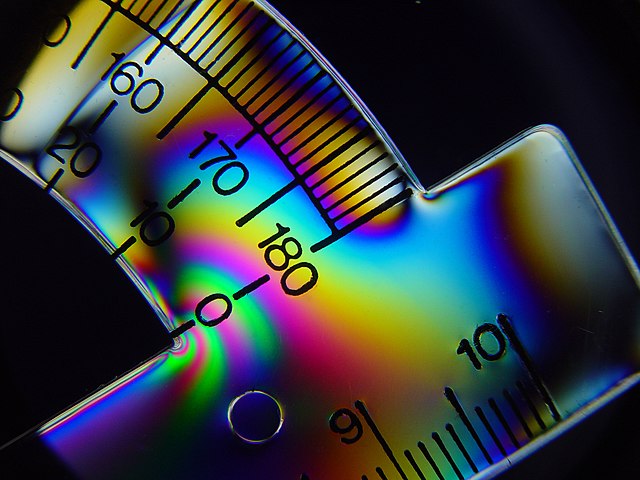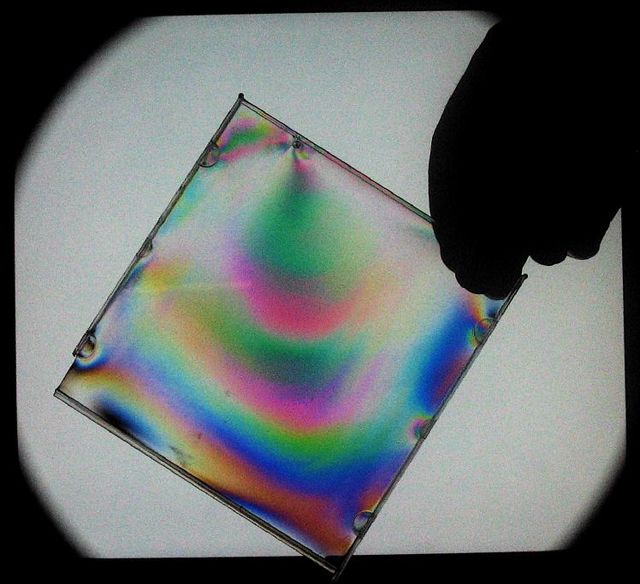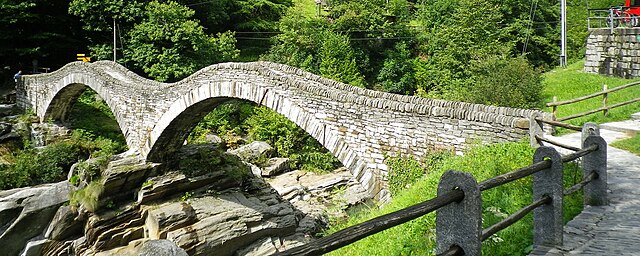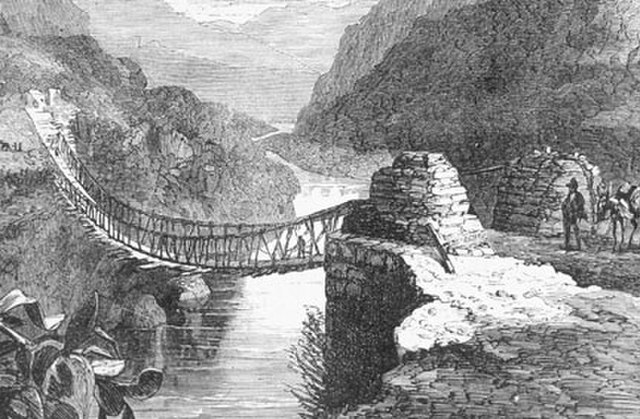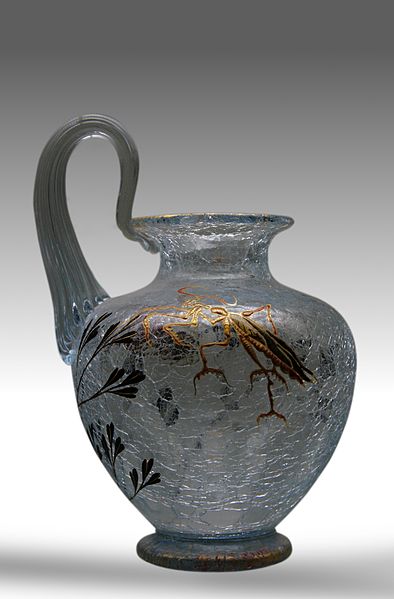In materials science, photoelasticity describes changes in the optical properties of a material under mechanical deformation. It is a property of all dielectric media and is often used to experimentally determine the stress distribution in a material.
Plastic utensils in a photoelasticity experiment
Photoelastic model to validate the stiffener model. Isochromatic fringe patterns around a steel platelet in a photo-elastic two-part epoxy resin.
Tension lines in a plastic protractor seen under cross-polarized light
Photoelastic experiment showing the internal stress distribution inside the cover of a Jewel case
In continuum mechanics, stress is a physical quantity that describes forces present during deformation. For example, an object being pulled apart, such as a stretched elastic band, is subject to tensile stress and may undergo elongation. An object being pushed together, such as a crumpled sponge, is subject to compressive stress and may undergo shortening. The greater the force and the smaller the cross-sectional area of the body on which it acts, the greater the stress. Stress has dimension of force per area, with SI units of newtons per square meter (N/m2) or pascal (Pa).
Residual stresses inside a plastic protractor are revealed by the polarized light.
Roman-era bridge in Switzerland. The stone arches in the bridge are subject to compressive stresses.
Inca bridge on the Apurimac River. The rope in the bridge is subject to tensile stresses.
Glass vase with the craquelé effect. The cracks are the result of brief but intense stress created when the semi-molten piece is briefly dipped in water.



